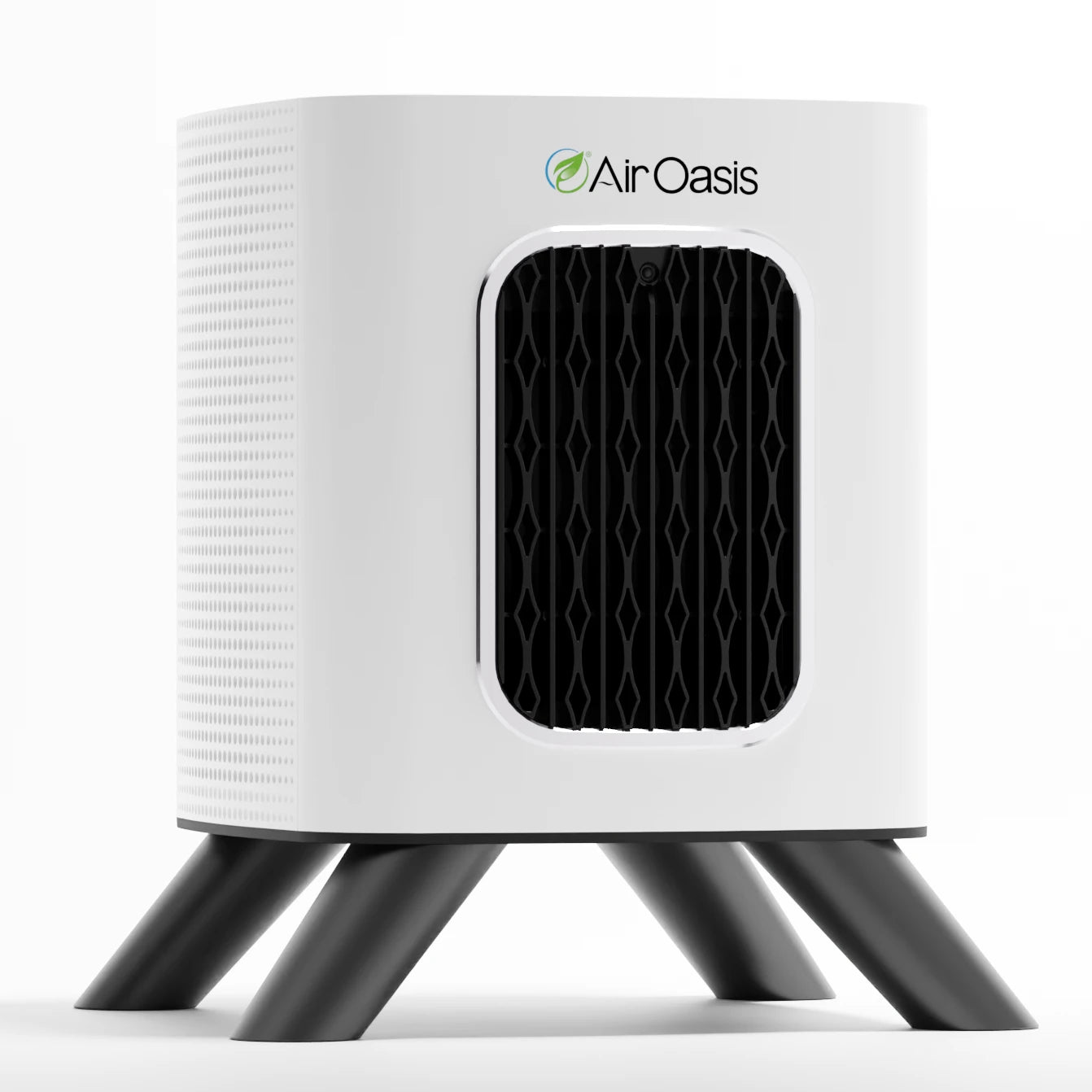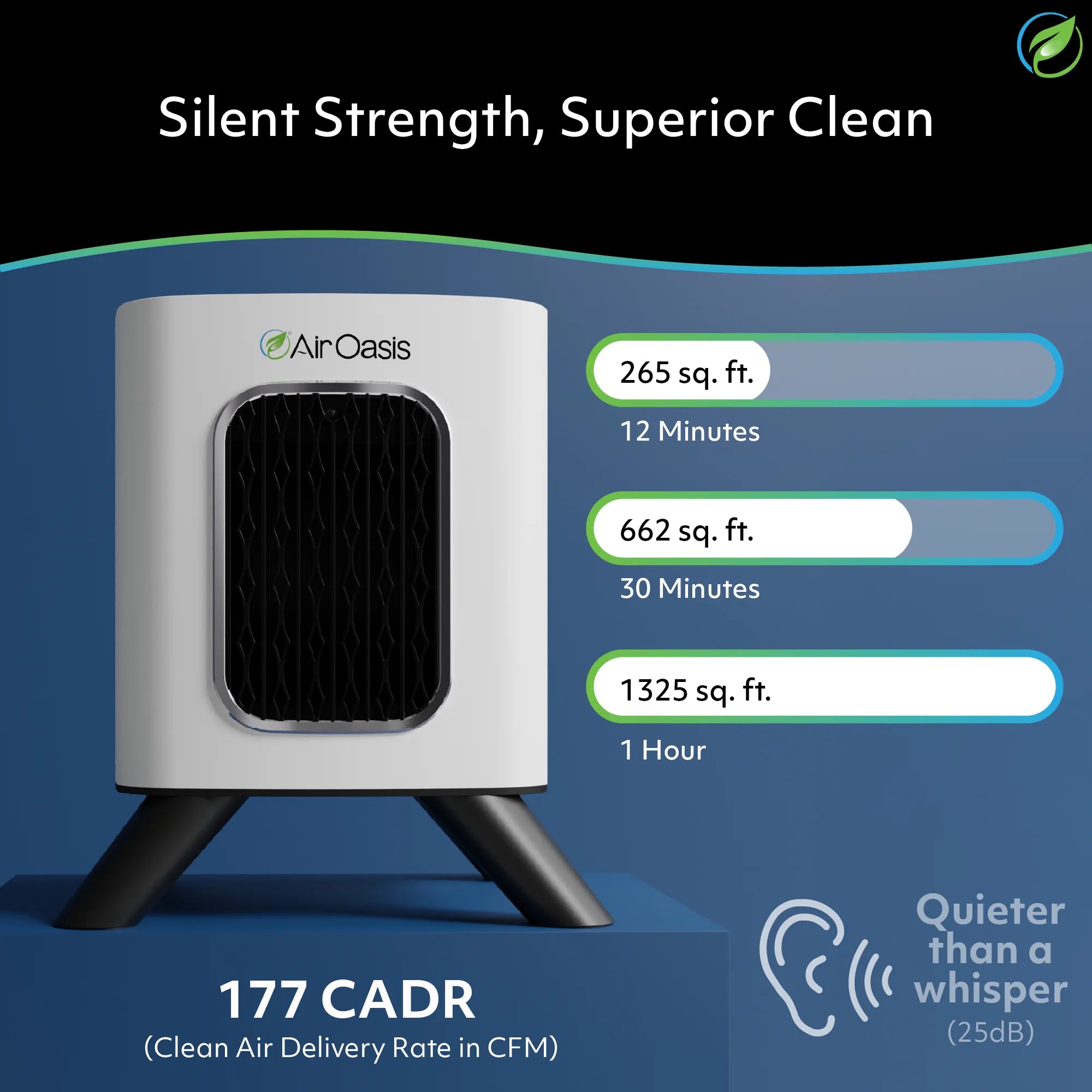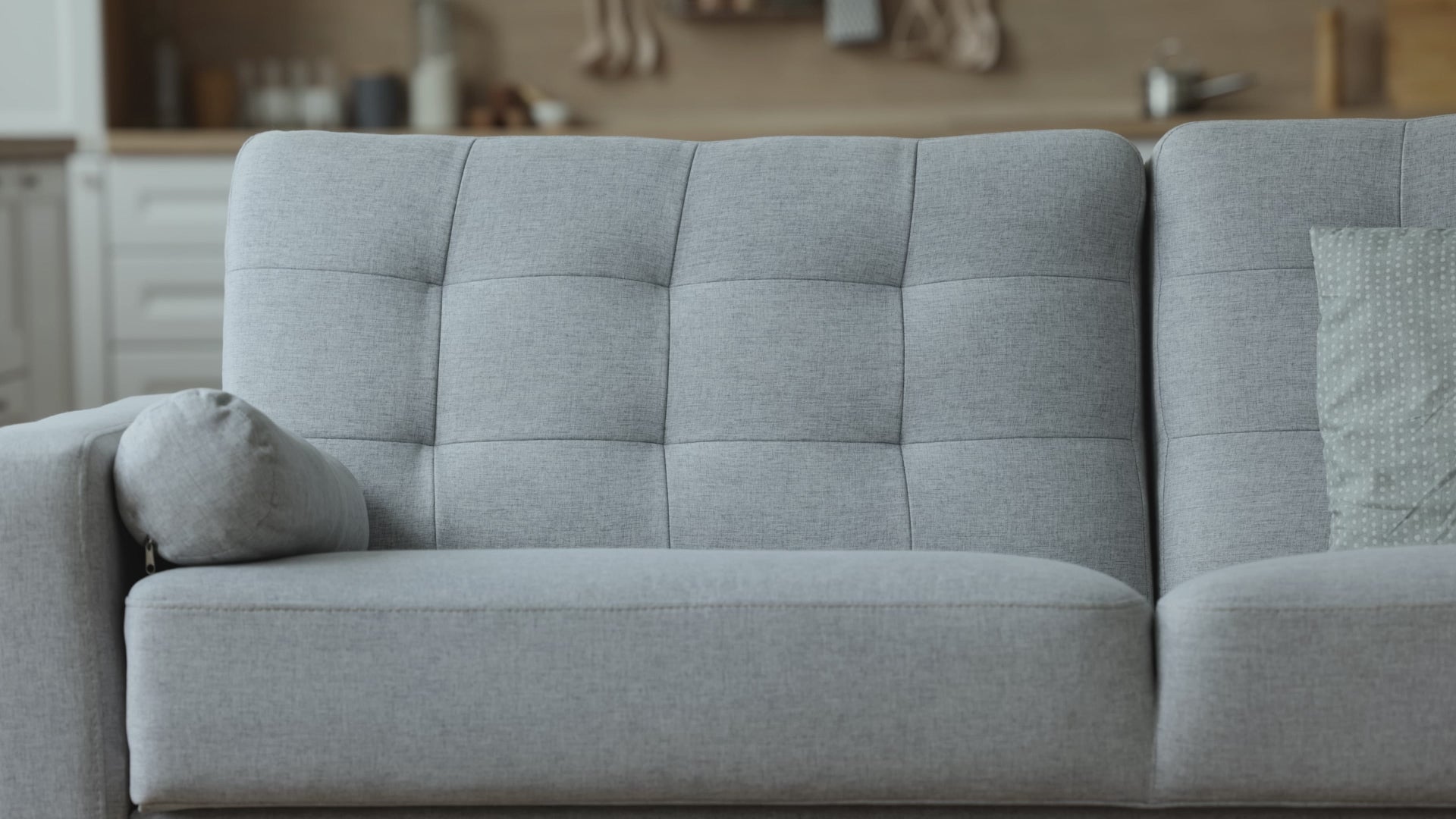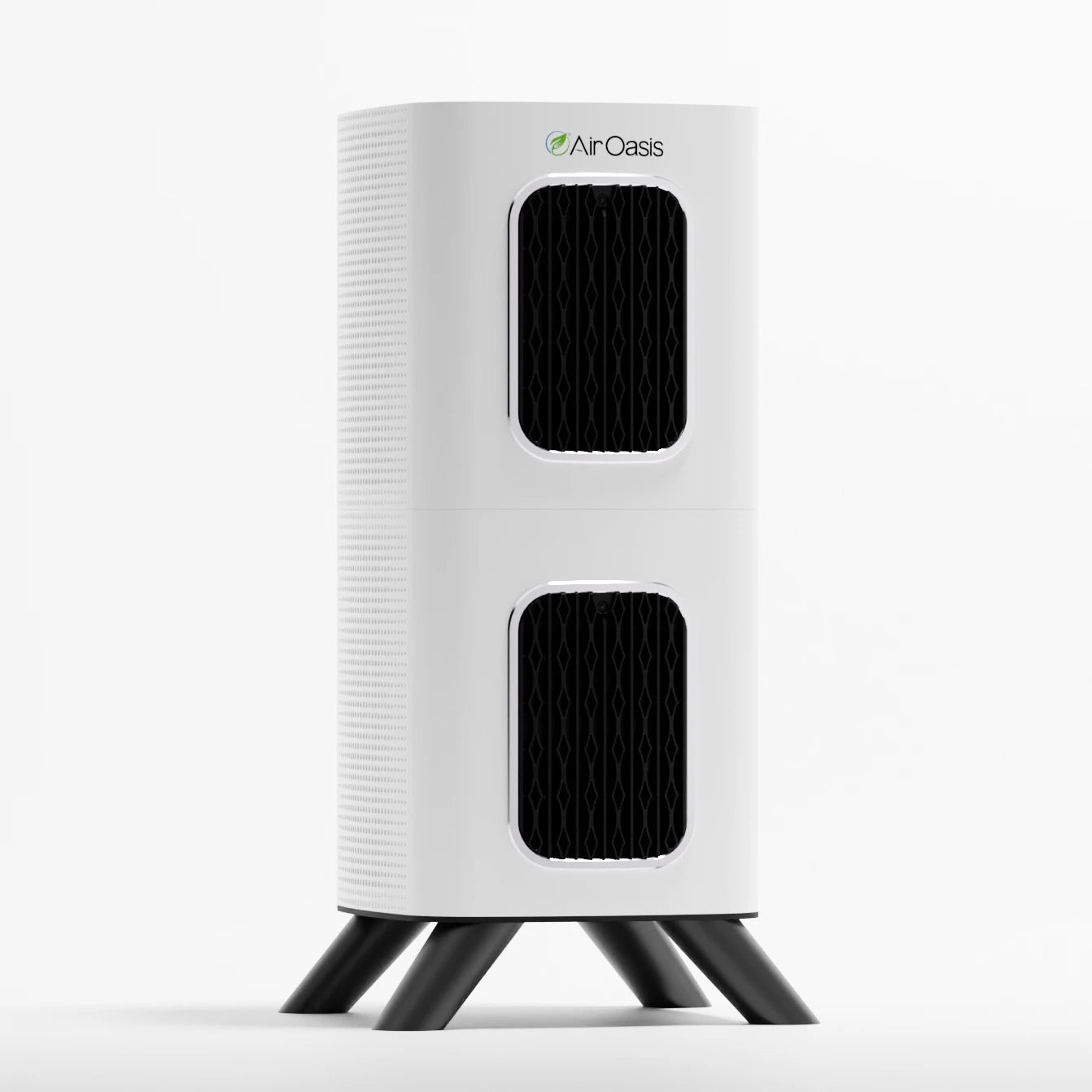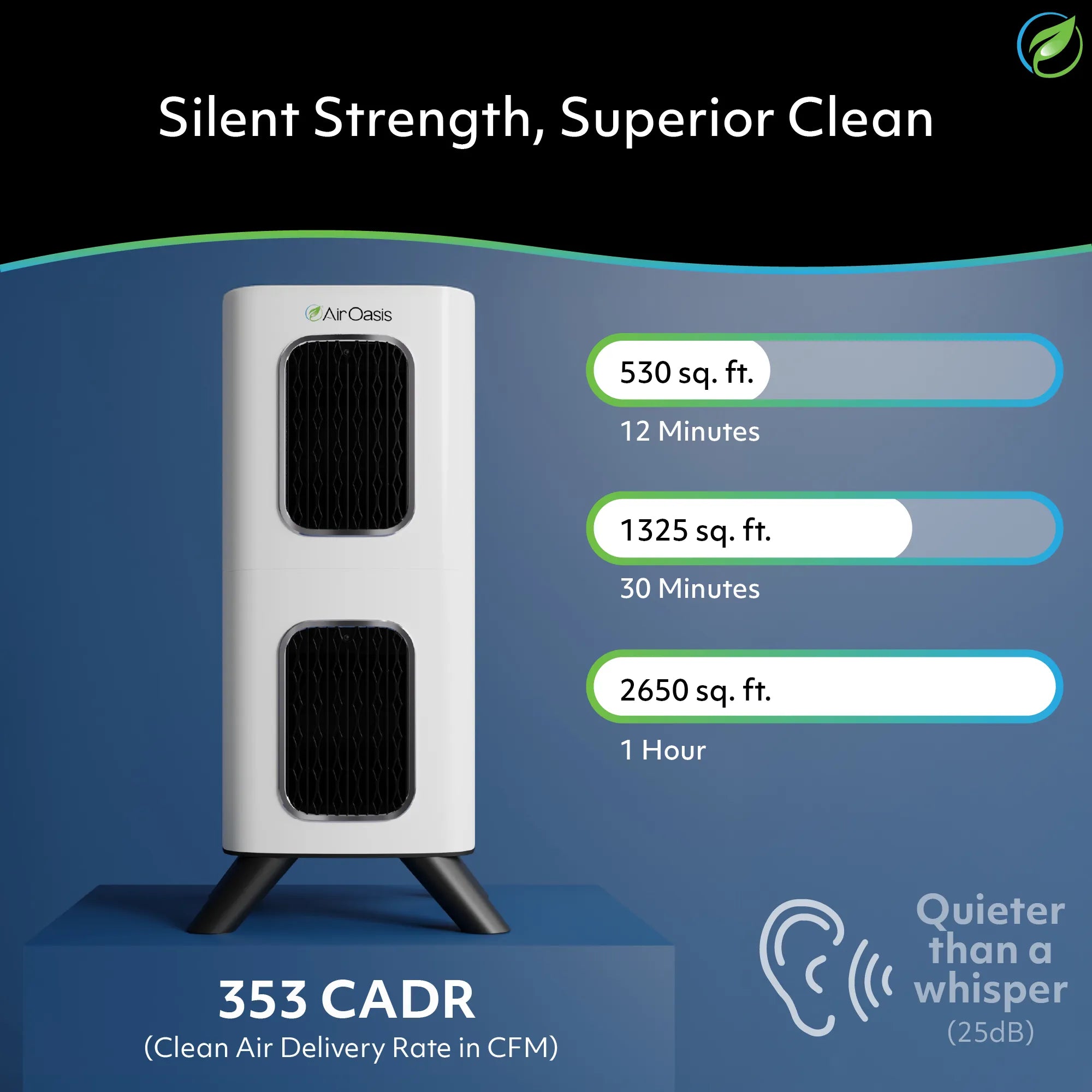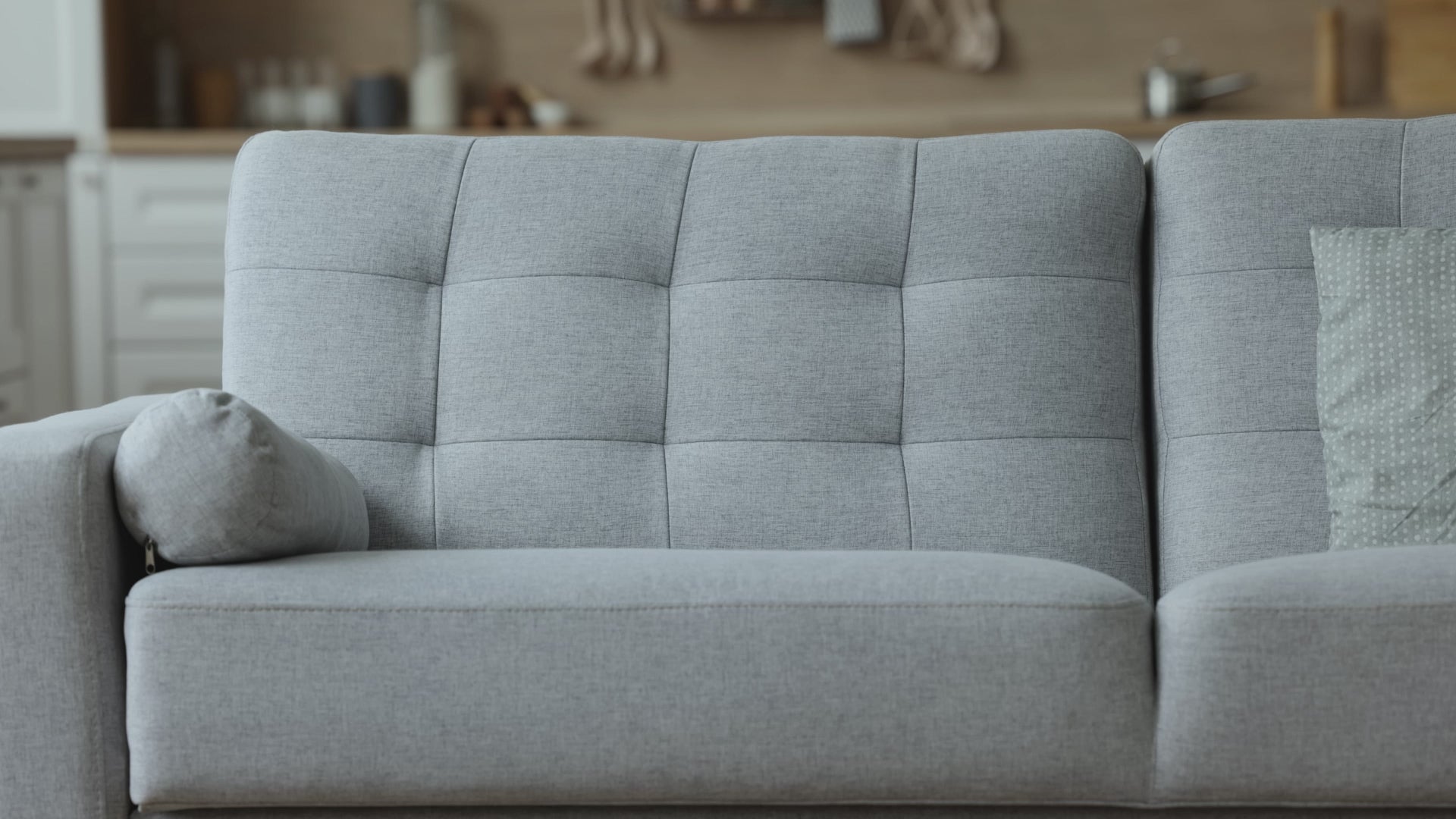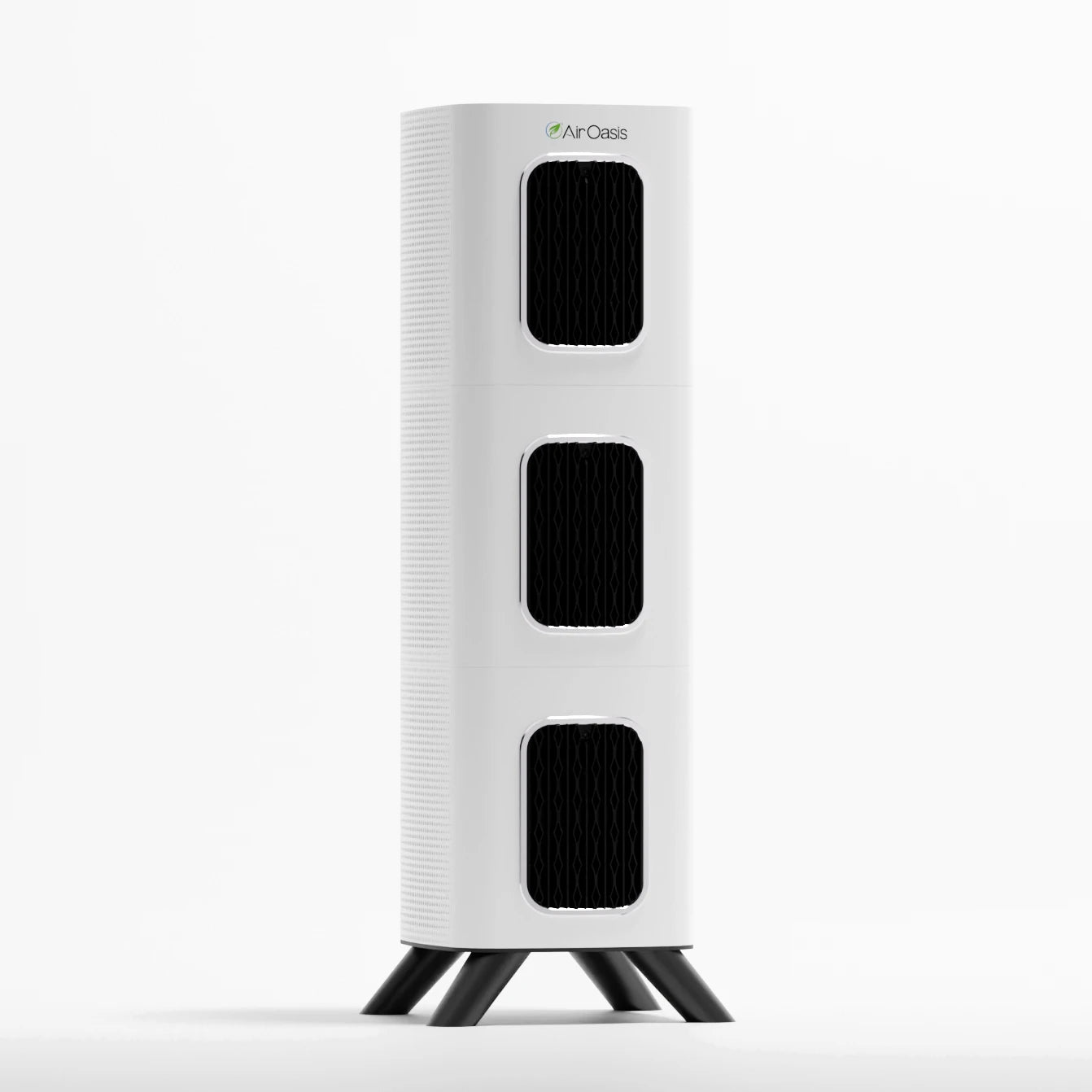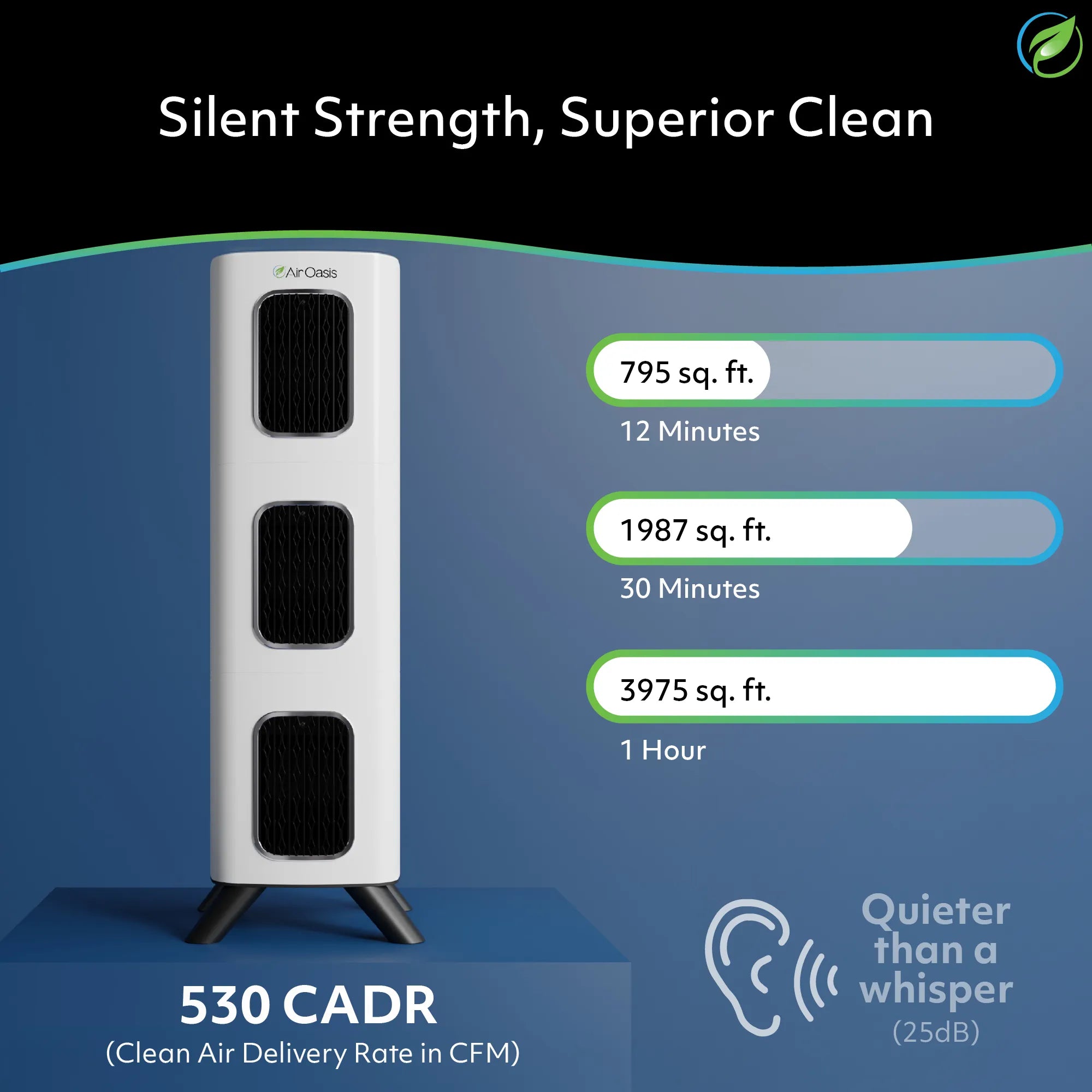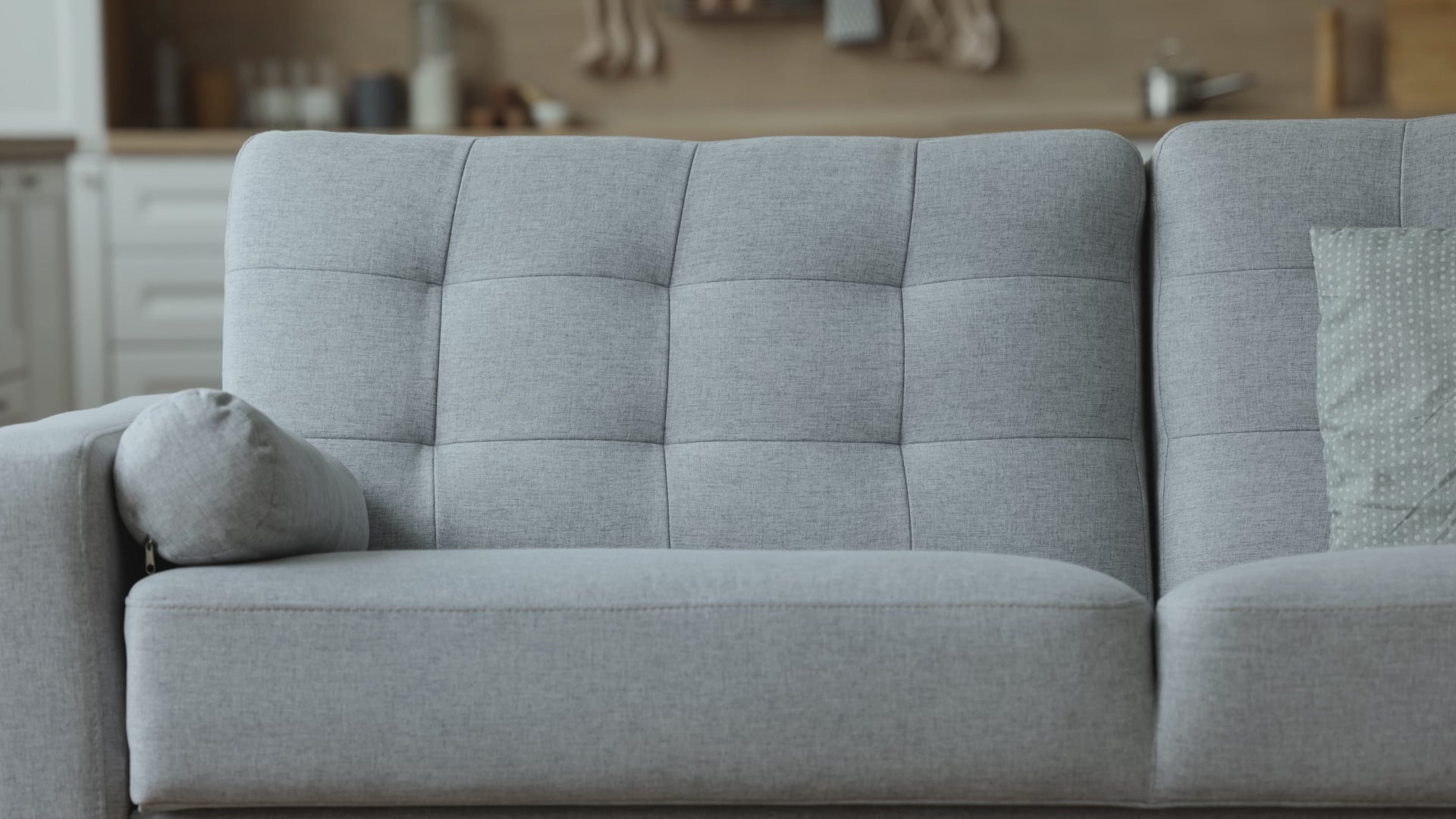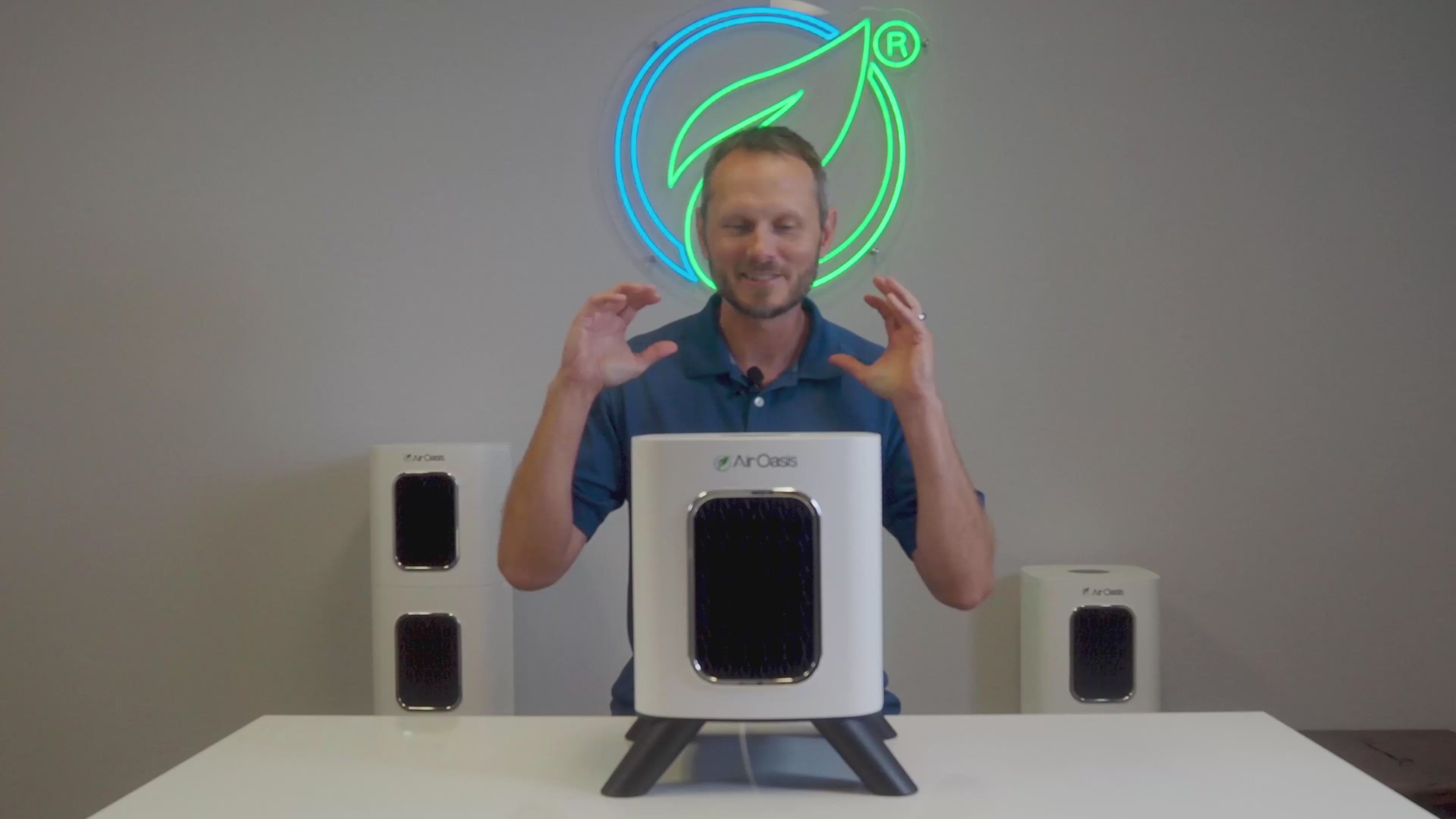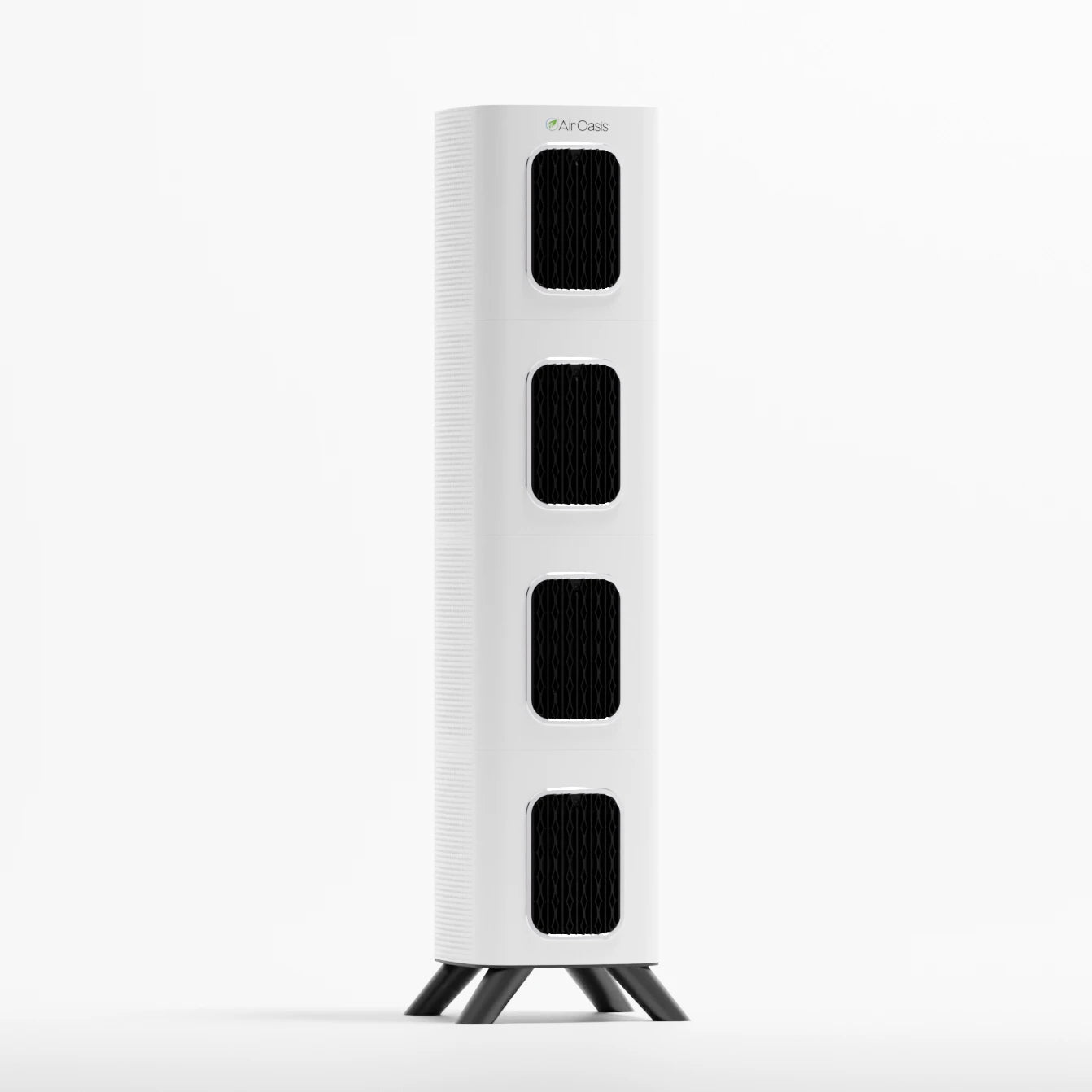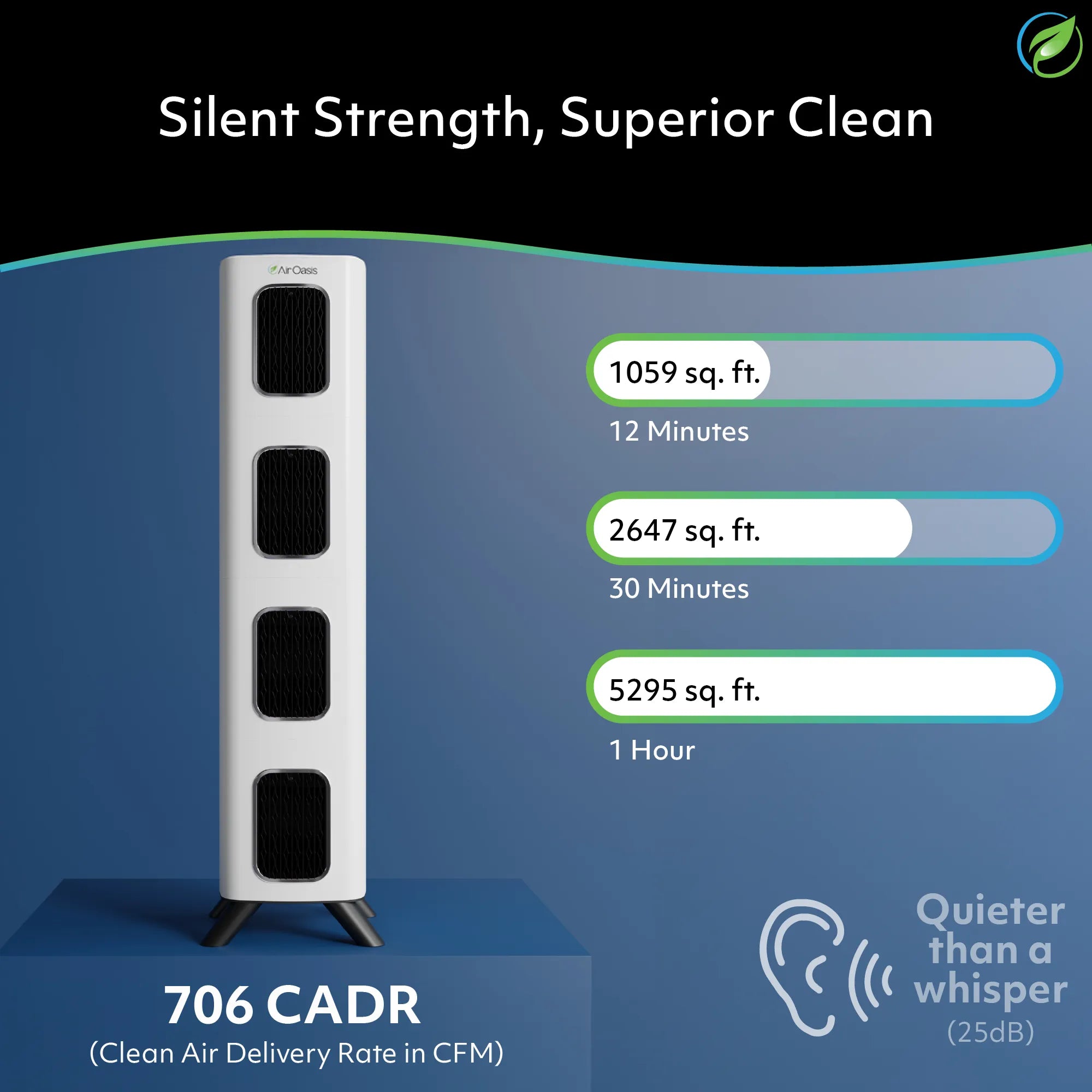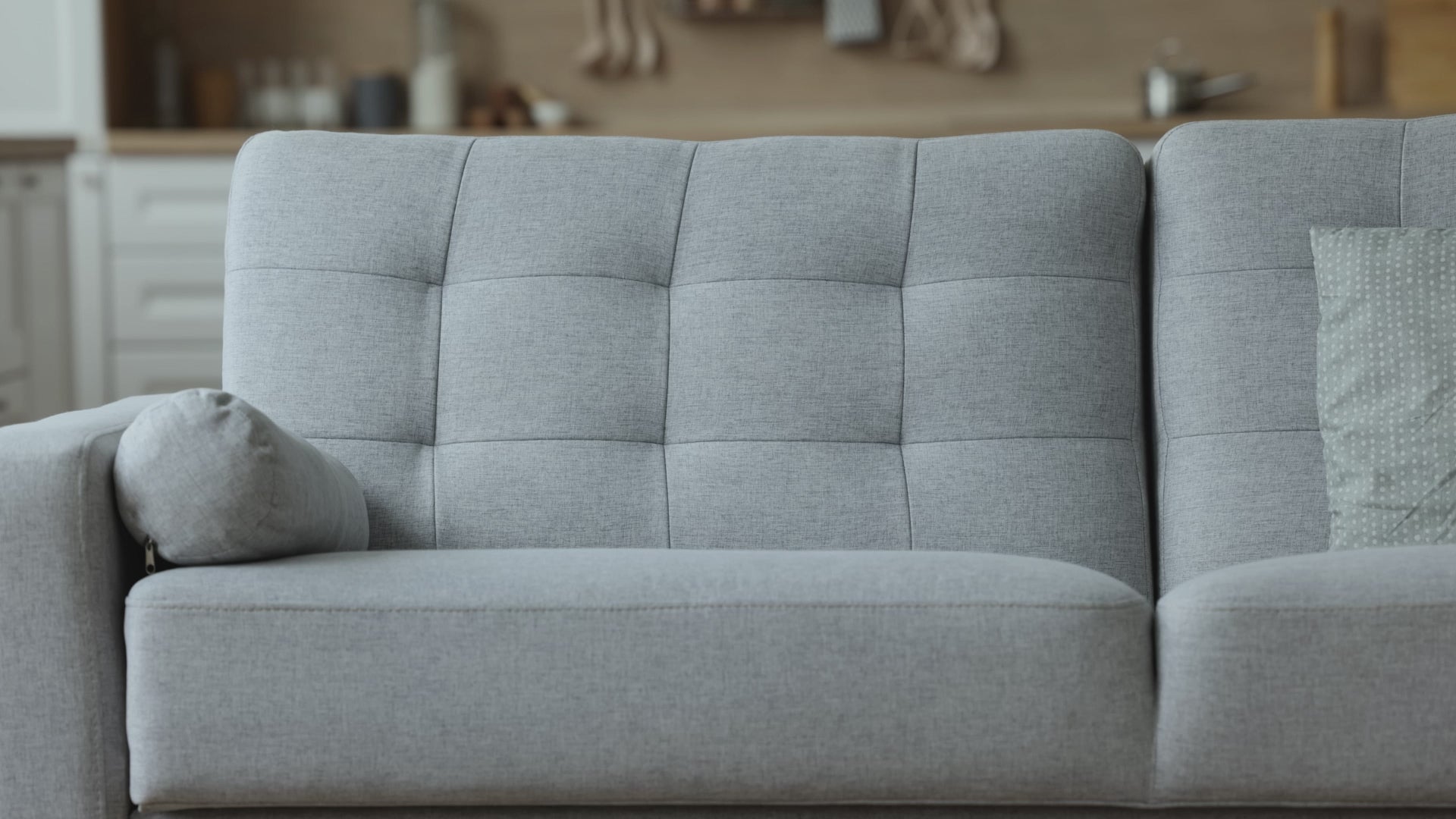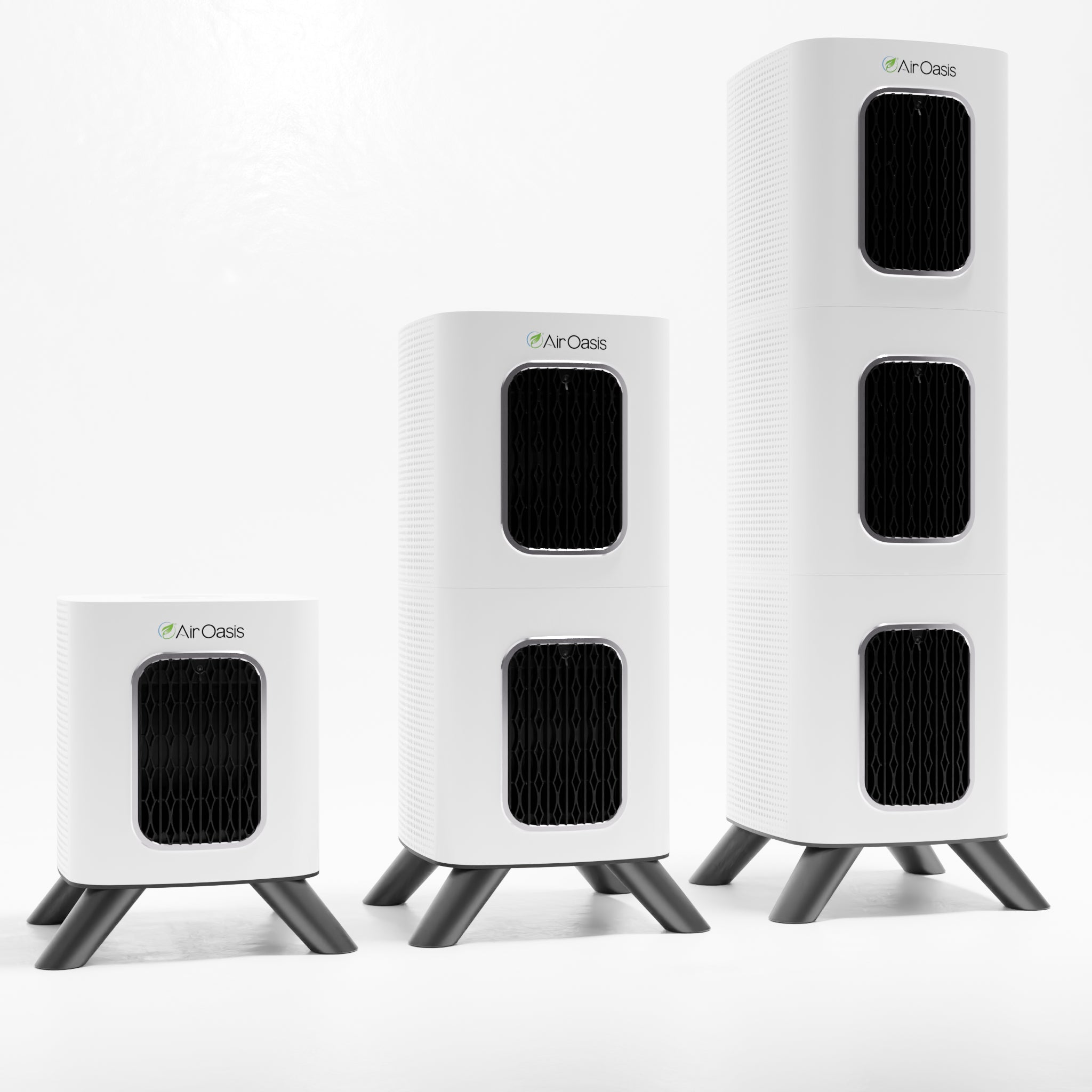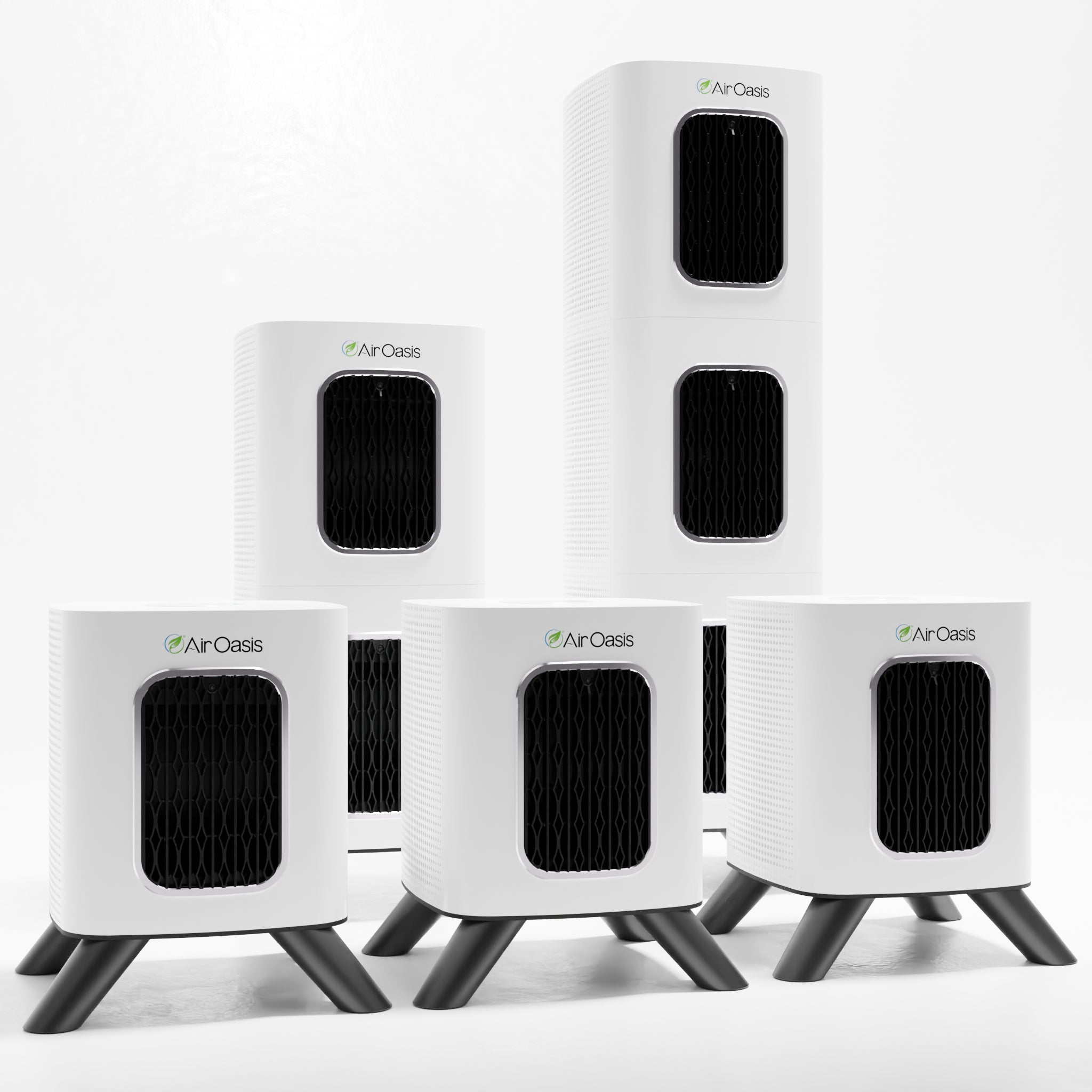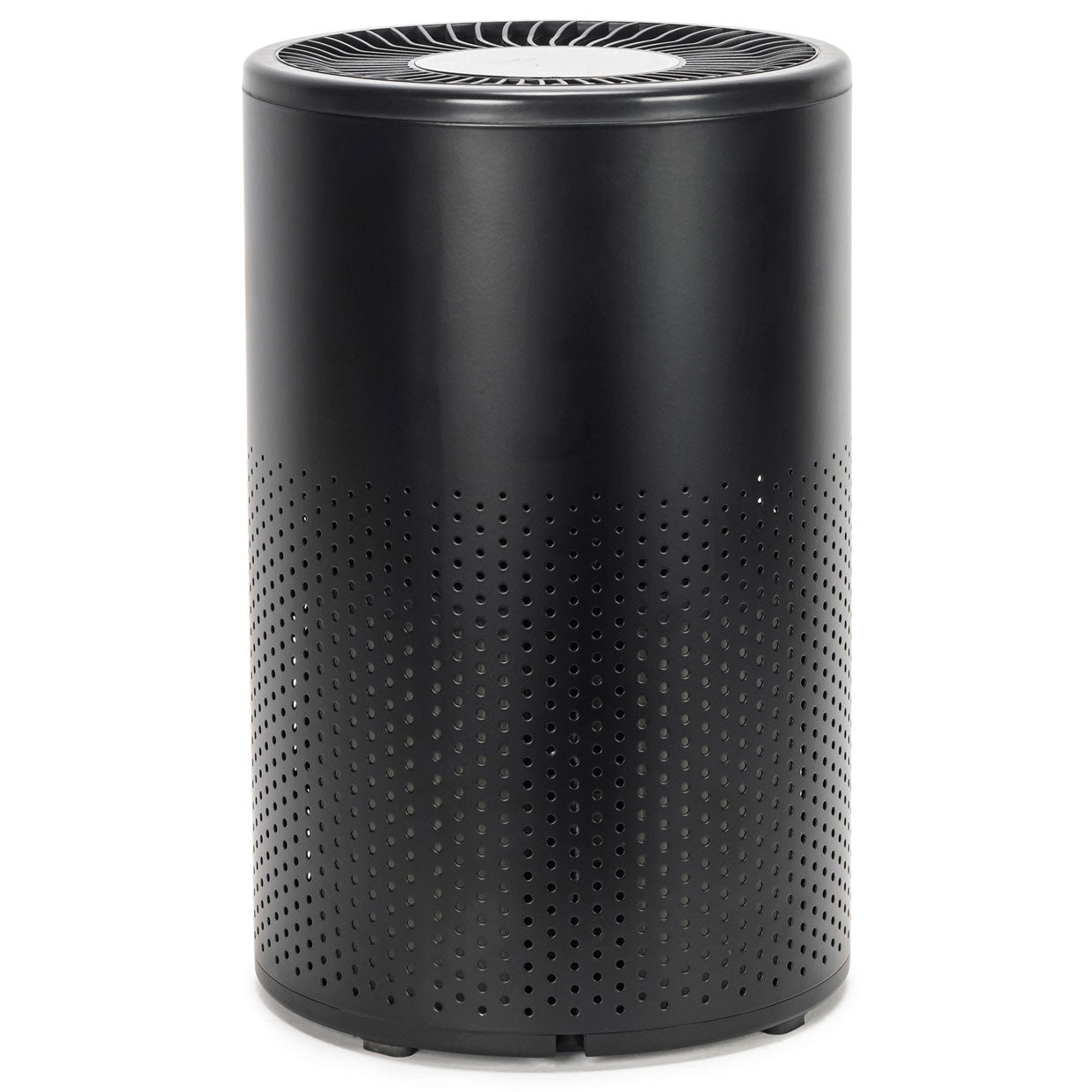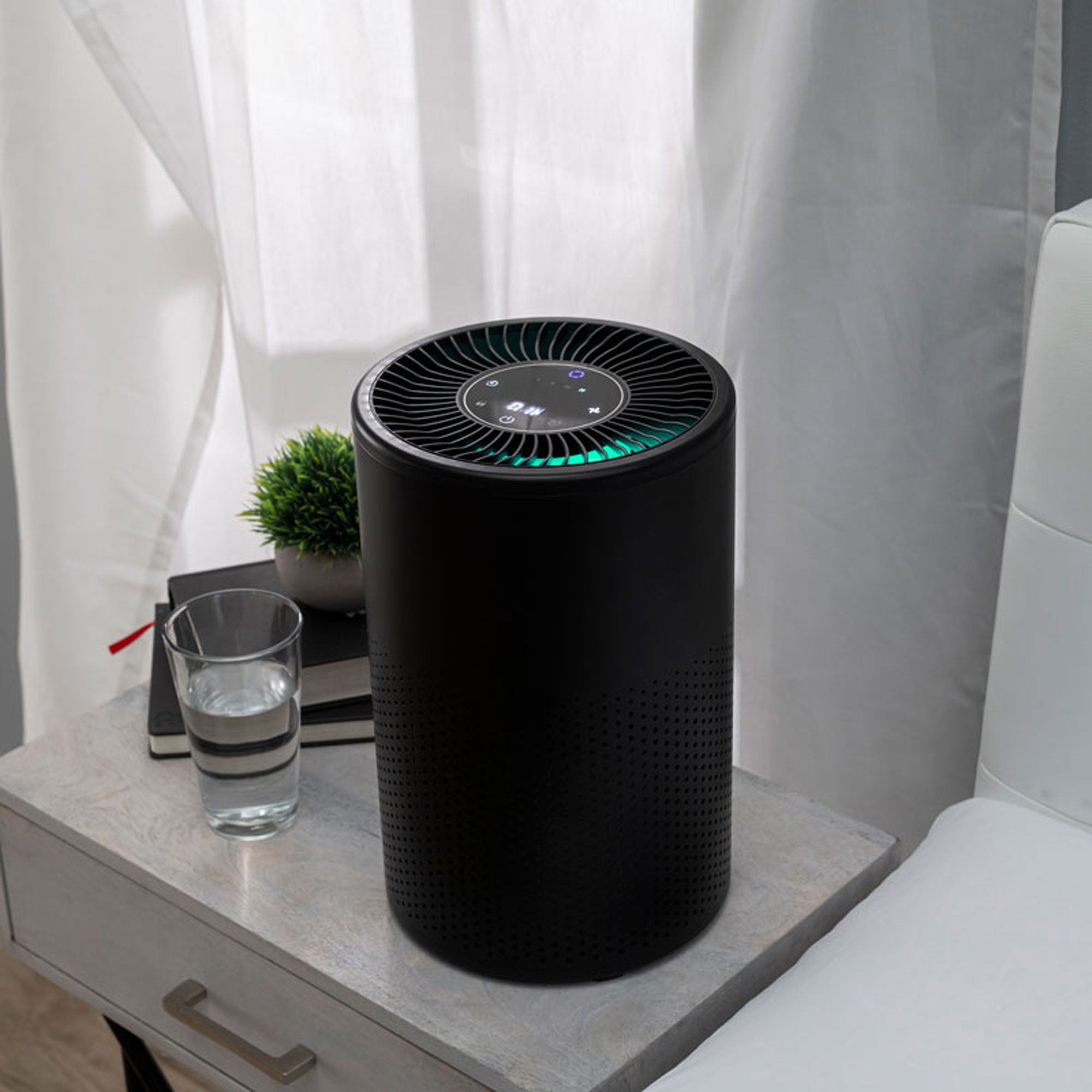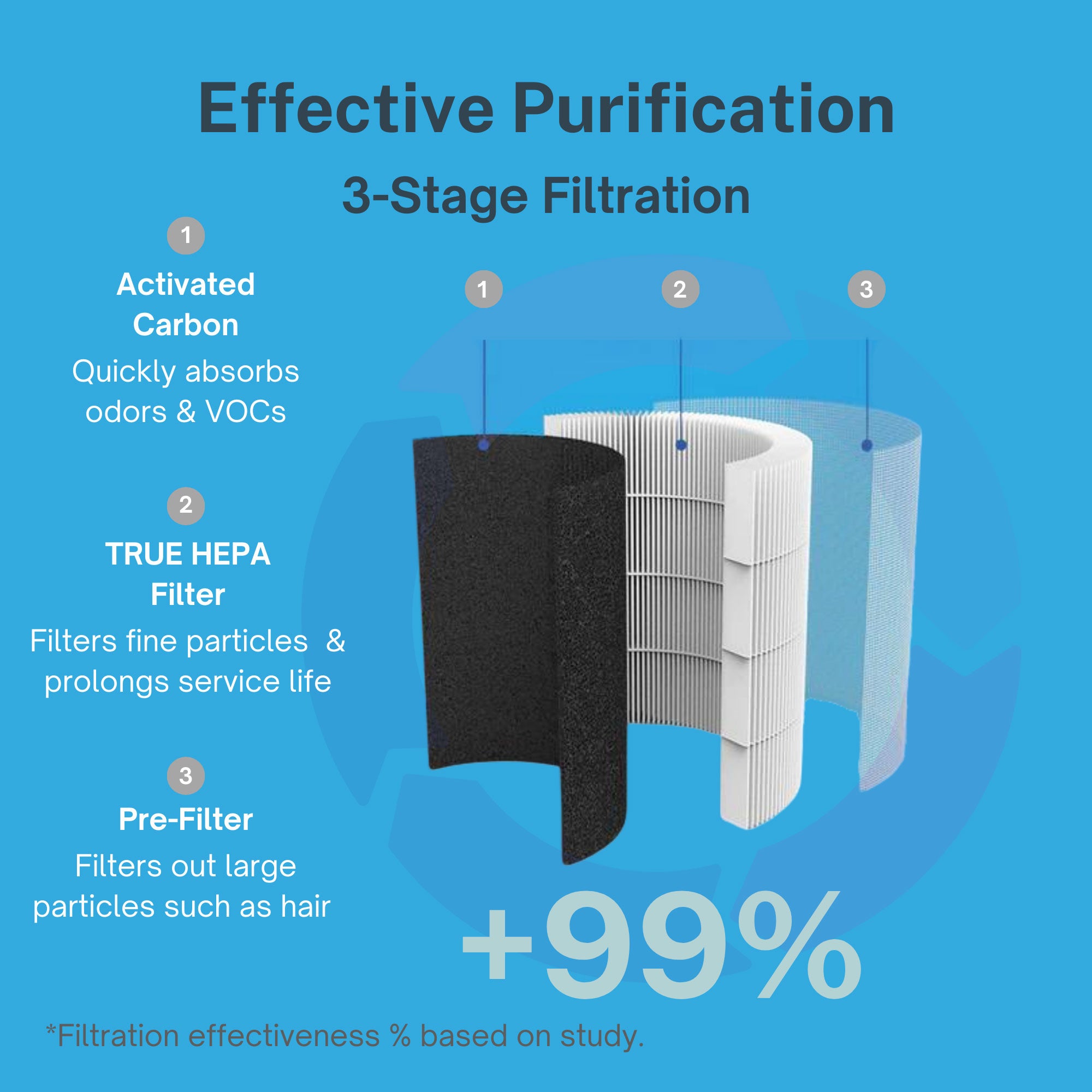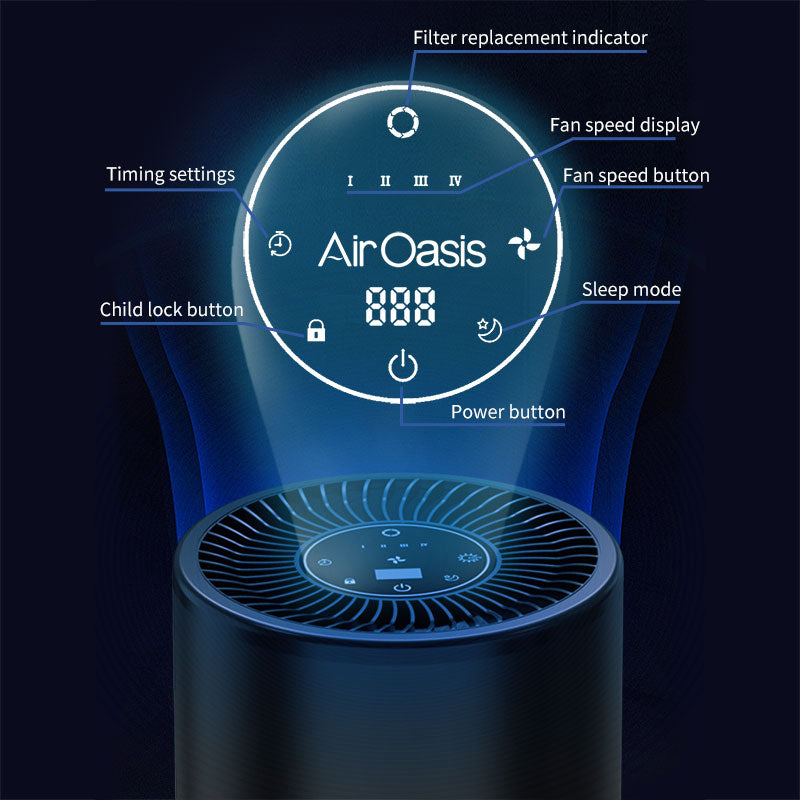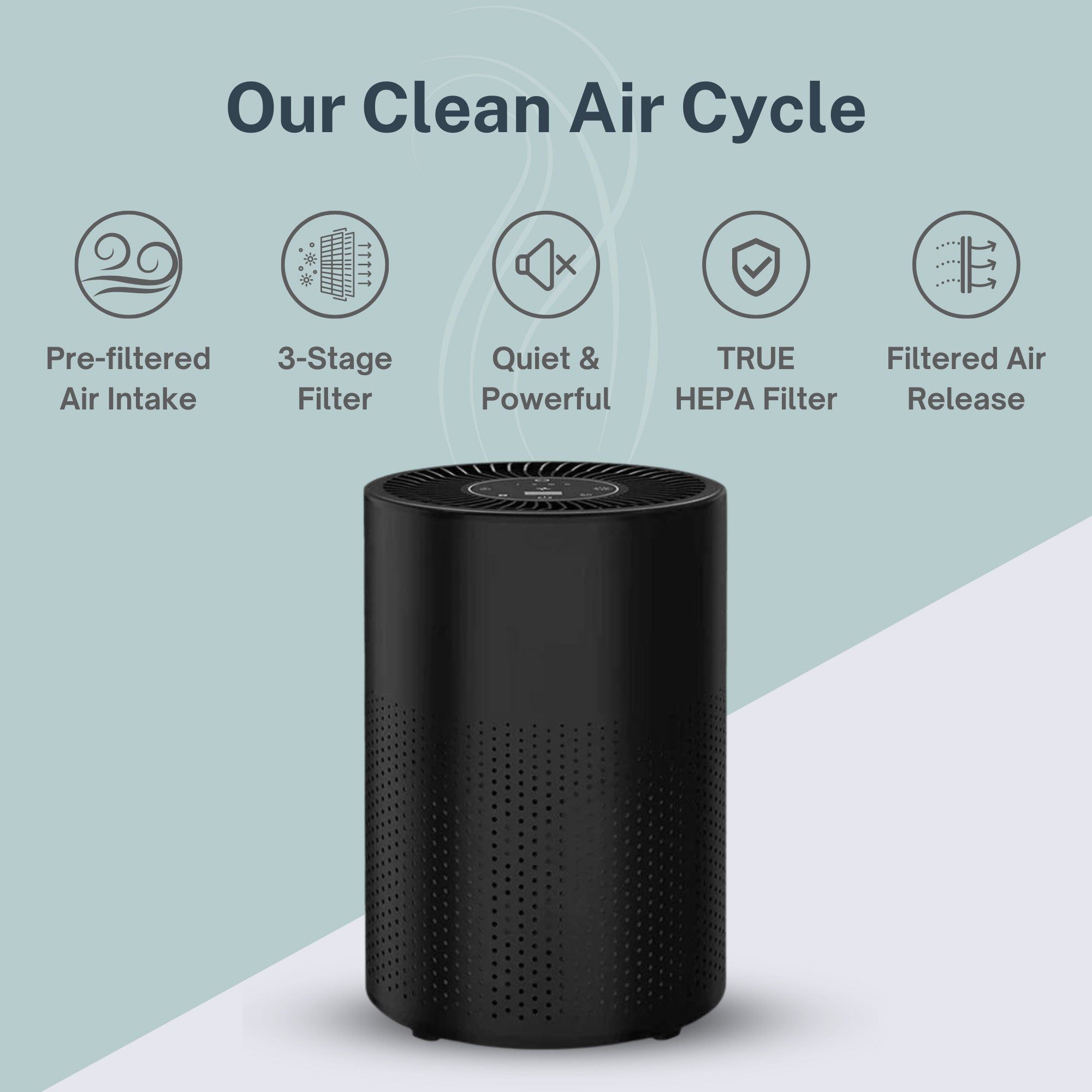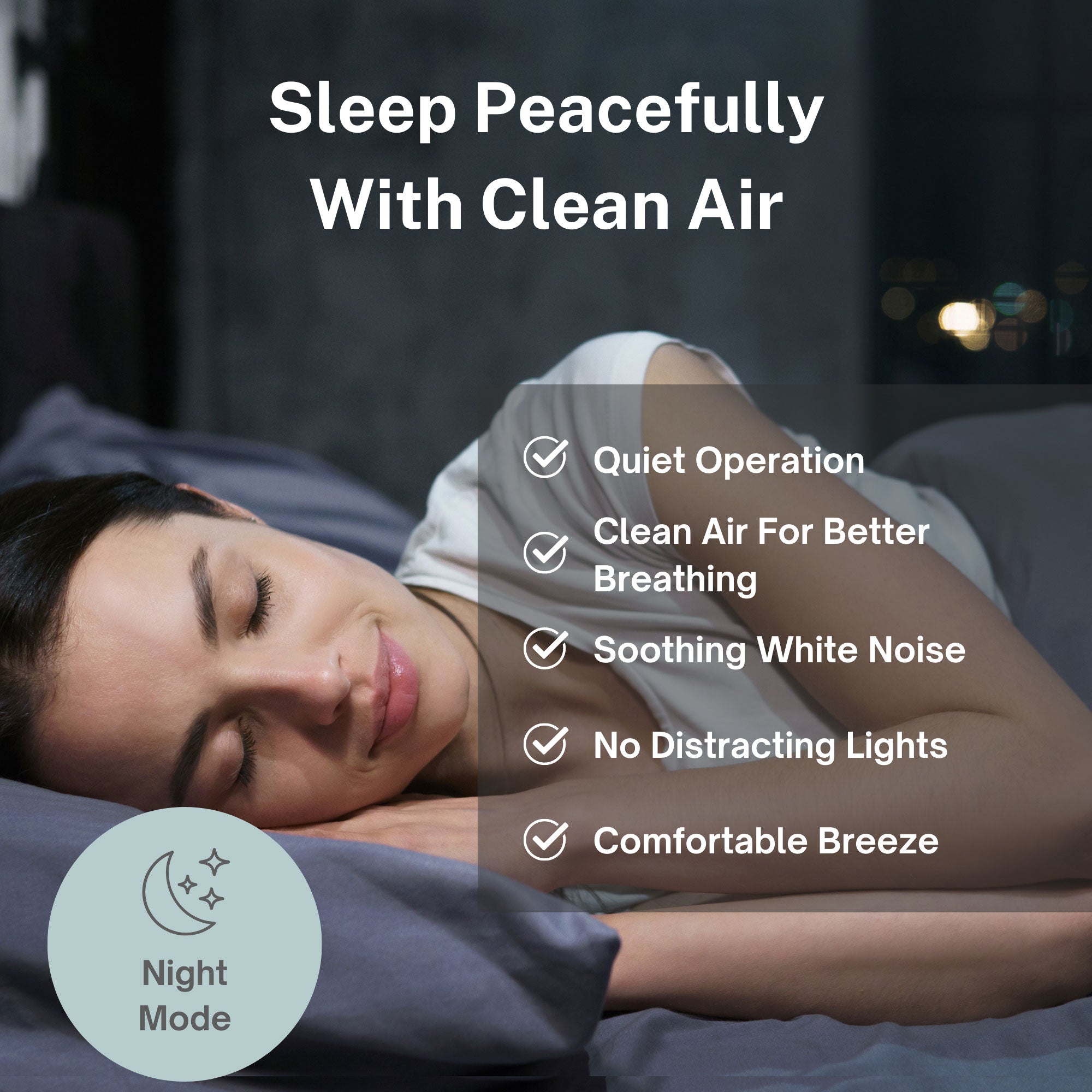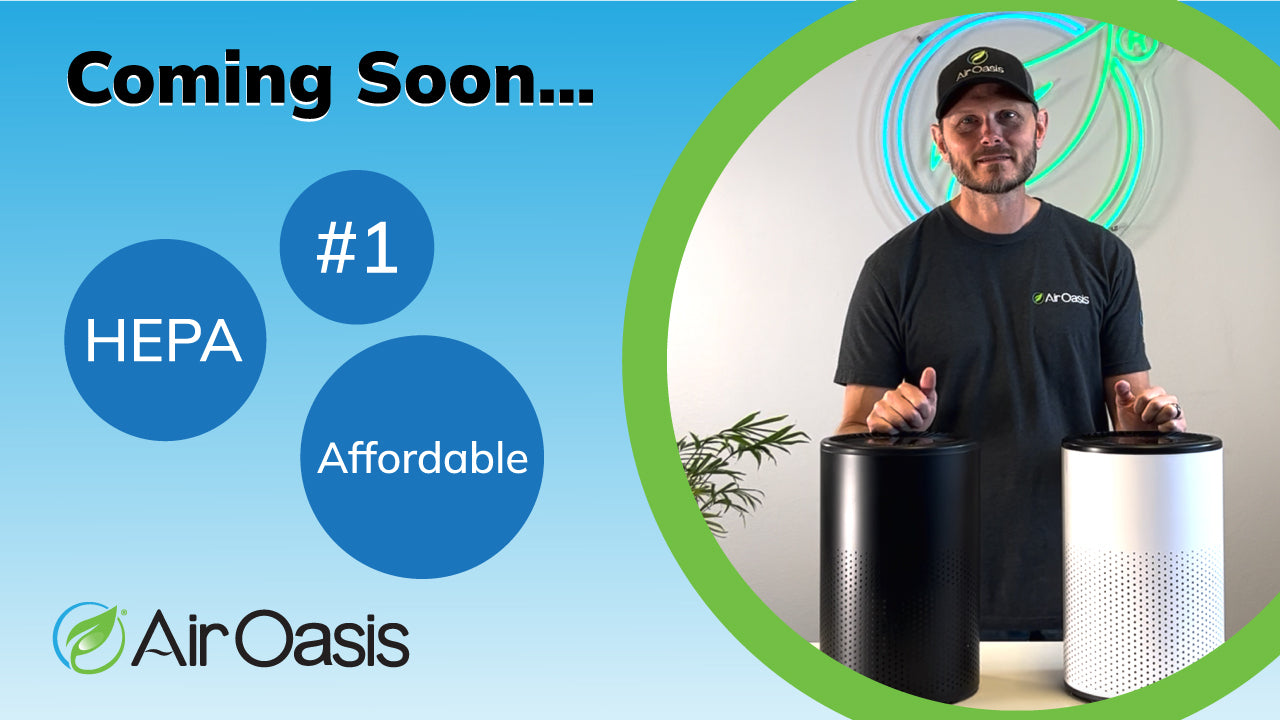While researchers have extensively studied the dietary patterns, social connections, and physical activity levels of Blue Zones—those remarkable regions where people routinely live past 100—one crucial factor has remained surprisingly underexplored: the quality of the air these centenarians breathe daily. Recent scientific analysis reveals that the world's longest-living populations share more than healthy eating habits and strong community bonds—they also enjoy exceptionally clean air that may play a fundamental role in their extraordinary longevity.
Understanding the air quality connection in Blue Zones offers valuable insights for anyone seeking to optimize their environment for health and longevity, regardless of geographic location.
The Geographic Advantage: Natural Air Purification Systems
The five scientifically validated Blue Zones—Ikaria (Greece), Ogliastra (Sardinia, Italy), Okinawa (Japan), Nicoya (Costa Rica), and Loma Linda (California)—share remarkable geographic similarities that naturally promote superior air quality. According to comprehensive research published in Aging and Disease, these regions all exist within similar latitudinal ranges and feature mountainous or hilly topography that creates natural air circulation patterns.
These elevated terrains and coastal locations generate consistent wind patterns that prevent air pollutant accumulation, while the surrounding vegetation acts as natural air filtration systems. The volcanic and karstic geology found in Sardinia, Ikaria, and Okinawa creates mineral-rich environments with sparse vegetation that reduces pollen and allergen loads, contributing to cleaner breathing conditions for residents.
The geographic isolation that characterizes most Blue Zones provides additional air quality benefits by limiting industrial pollution sources and vehicular emissions. Remote locations like Ogliastra in Sardinia maintain population densities as low as 35 inhabitants per square kilometer, dramatically reducing the concentration of human-generated air pollutants that affect more densely populated areas.
These natural environmental advantages demonstrate how geographic factors beyond diet and lifestyle contribute to the exceptional health outcomes observed in these longevity hotspots.
Low Population Density: The Pollution Protection Factor
Population density emerges as a critical factor in Blue Zone air quality, with most regions maintaining significantly lower resident concentrations than their national averages. This demographic characteristic directly correlates with reduced air pollution from transportation, industrial activities, and urban heat island effects that compromise air quality in metropolitan areas.
Lower population densities result in decreased concentrations of particulate matter, nitrogen oxides, and volatile organic compounds that contribute to respiratory disease and accelerated aging processes. Blue Zone residents benefit from this naturally occurring protection against air pollutants linked to cardiovascular disease, cognitive decline, and shortened lifespans.
Rural environments typical of Blue Zones also feature reduced light pollution and electromagnetic interference, creating conditions that support better sleep quality and circadian rhythm regulation. These factors work synergistically with clean air to promote the restorative processes essential for longevity and healthy aging.
The traditional occupations prevalent in Blue Zones—primarily agriculture, fishing, and pastoral activities—keep residents outdoors in clean air environments rather than confined in potentially polluted indoor spaces where modern populations spend up to 90% of their time.
Climate and Weather Patterns: Natural Ventilation Systems
Blue Zones benefit from consistent climate patterns that promote natural air circulation and prevent the stagnation conditions that allow pollutant accumulation. The Mediterranean climates found in Ikaria and Sardinia, the tropical conditions in Nicoya and Okinawa, and the temperate environment in Loma Linda all feature regular wind patterns that continuously refresh outdoor air quality.
These climatic conditions support year-round outdoor activities that keep residents breathing fresh air while engaging in natural physical movement. The moderate temperatures and consistent sunlight exposure found across Blue Zones reduce the need for energy-intensive heating and cooling systems that can compromise indoor air quality through dust circulation, chemical off-gassing, and inadequate ventilation.
Research indicates that the stable weather patterns in these regions minimize extreme pollution events like temperature inversions that trap pollutants near ground level in urban areas.
Seasonal variations in Blue Zones tend to be moderate, preventing the dramatic air quality fluctuations that stress respiratory systems and trigger inflammatory responses in regions with more extreme climate swings.
Traditional Building Materials and Construction: Naturally Healthy Indoor Air
The traditional construction methods and materials used in Blue Zone dwellings contribute significantly to superior indoor air quality compared to modern building practices. Historical homes in these regions typically feature natural stone, clay, or wood construction that allows buildings to "breathe" naturally, preventing the moisture accumulation and poor ventilation that promotes mold growth and indoor air contamination.
Traditional Blue Zone architecture incorporates design elements that promote natural ventilation, including high ceilings, cross-ventilation through strategically placed windows and doors, and covered outdoor living spaces that blur the boundaries between indoor and outdoor environments. These features maintain consistent air movement that prevents the pollutant accumulation common in tightly sealed modern buildings.
The absence of synthetic building materials, chemical-based paints, carpeting, and particle board furnishings eliminates major sources of volatile organic compounds (VOCs) that compromise indoor air quality in contemporary construction. Natural materials like stone, clay tiles, and solid wood used in Blue Zone buildings don't off-gas harmful chemicals that accumulate in indoor environments over time.
The Air Oasis commitment to comprehensive indoor air quality addresses the reality that most people today live in environments that lack these natural air quality advantages, making technological air purification essential for achieving Blue Zone-level air quality in modern homes.
Agricultural Practices: Chemical-Free Air Environments
Traditional farming methods practiced in Blue Zones contribute to exceptionally clean air quality by avoiding the synthetic pesticides, herbicides, and fertilizers that contaminate air in conventional agricultural areas. These regions have maintained organic farming practices not by choice but by necessity, as their geographic isolation and economic conditions prevented access to industrial agricultural chemicals.
Agricultural chemicals contribute significantly to air pollution through volatilization, drift during application, and contamination of water sources that affect regional air quality. Blue Zone agricultural practices eliminate these pollution sources, creating cleaner breathing environments for residents.
The small-scale, diversified farming typical of Blue Zones prevents the monoculture practices that require intensive chemical inputs and contribute to regional air pollution. Traditional crop rotation, companion planting, and natural pest management maintain soil health while avoiding the chemical volatilization that affects air quality in industrial agricultural regions.
Livestock practices in Blue Zones typically involve smaller herds with traditional grazing methods that don't require the concentrated feeding operations and waste management systems that generate air pollutants in industrial animal agriculture. This contributes to lower levels of ammonia, hydrogen sulfide, and particulate matter in regional air quality.
The Modern Challenge: Recreating Blue Zone Air Quality
Contemporary research reveals that air pollution has become a global health crisis affecting even remote areas that once enjoyed pristine air quality. Some traditional Blue Zones now face air quality challenges from increased tourism, modernization, and regional pollution sources that threaten the environmental advantages that supported their exceptional longevity patterns.
The challenge for health-conscious individuals living outside Blue Zones involves recreating these air quality conditions through comprehensive environmental controls and advanced air purification technologies. This includes addressing both outdoor air pollution that infiltrates indoor spaces and indoor air quality issues created by modern building materials, furnishings, and lifestyle factors.
Creating Blue Zone-level air quality in modern environments requires understanding that traditional HVAC filtration systems cannot address the full spectrum of air pollutants present in contemporary indoor environments. Comprehensive approaches must target particulate matter, volatile organic compounds, biological contaminants, and chemical pollutants simultaneously to achieve the air quality standards that naturally occur in longevity hotspots.
Long-term health optimization requires recognizing that air quality affects every aspect of physiological function, from cardiovascular health and cognitive performance to immune system integrity and cellular aging processes that ultimately determine lifespan and healthspan outcomes.
Lessons for Modern Longevity: Your Personal Blue Zone Air Strategy
The air quality insights from Blue Zones provide actionable guidance for optimizing your environment to support longevity and health outcomes regardless of your geographic location. While you cannot relocate to a Mediterranean island or Costa Rican peninsula, you can implement strategies that replicate the clean air advantages these regions provide naturally.
The key lies in understanding that Blue Zone longevity results from the cumulative effect of multiple environmental factors working together over decades, with air quality serving as a foundational element that either supports or undermines other health-promoting behaviors.
Creating your personal Blue Zone environment requires comprehensive attention to both indoor and outdoor air quality factors, recognition that small improvements compound over time to create significant health benefits, and investment in proven technologies that address the air quality challenges absent in traditional Blue Zones but present in modern living environments.
Breathe Like a Centenarian: Transform Your Air Quality Today
Don't let poor air quality undermine your longevity goals. Create your own Blue Zone environment with comprehensive air purification technology that removes the pollutants absent in the world's healthiest regions but present in modern indoor spaces. Shop Air Oasis today for the advanced filtration systems that help you breathe the clean air that supports extraordinary longevity.





